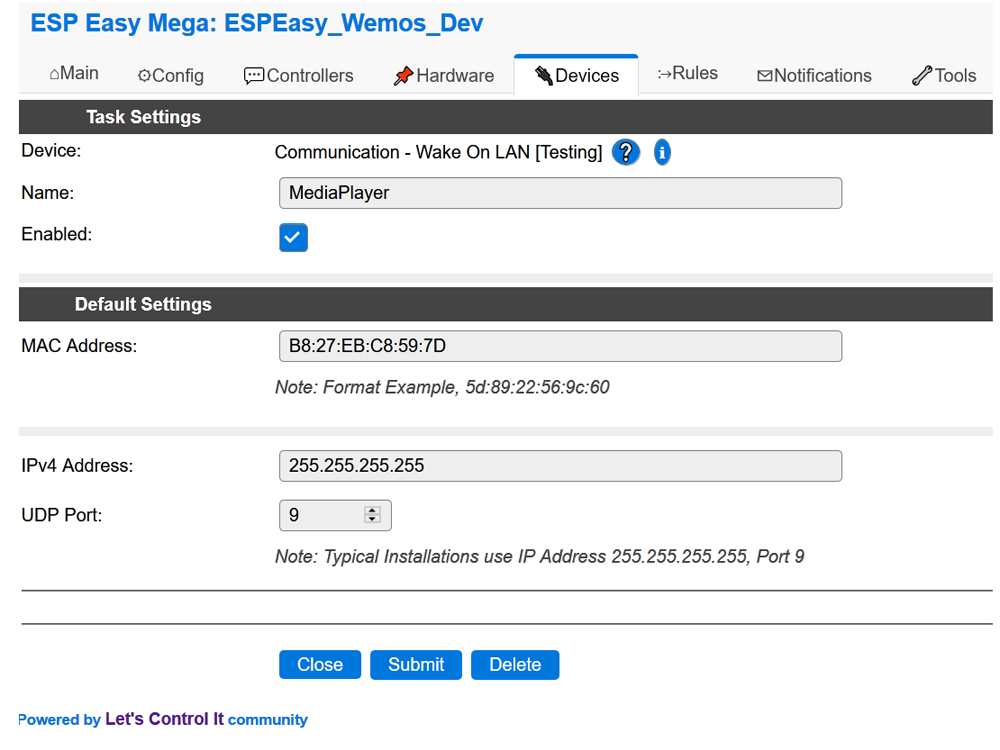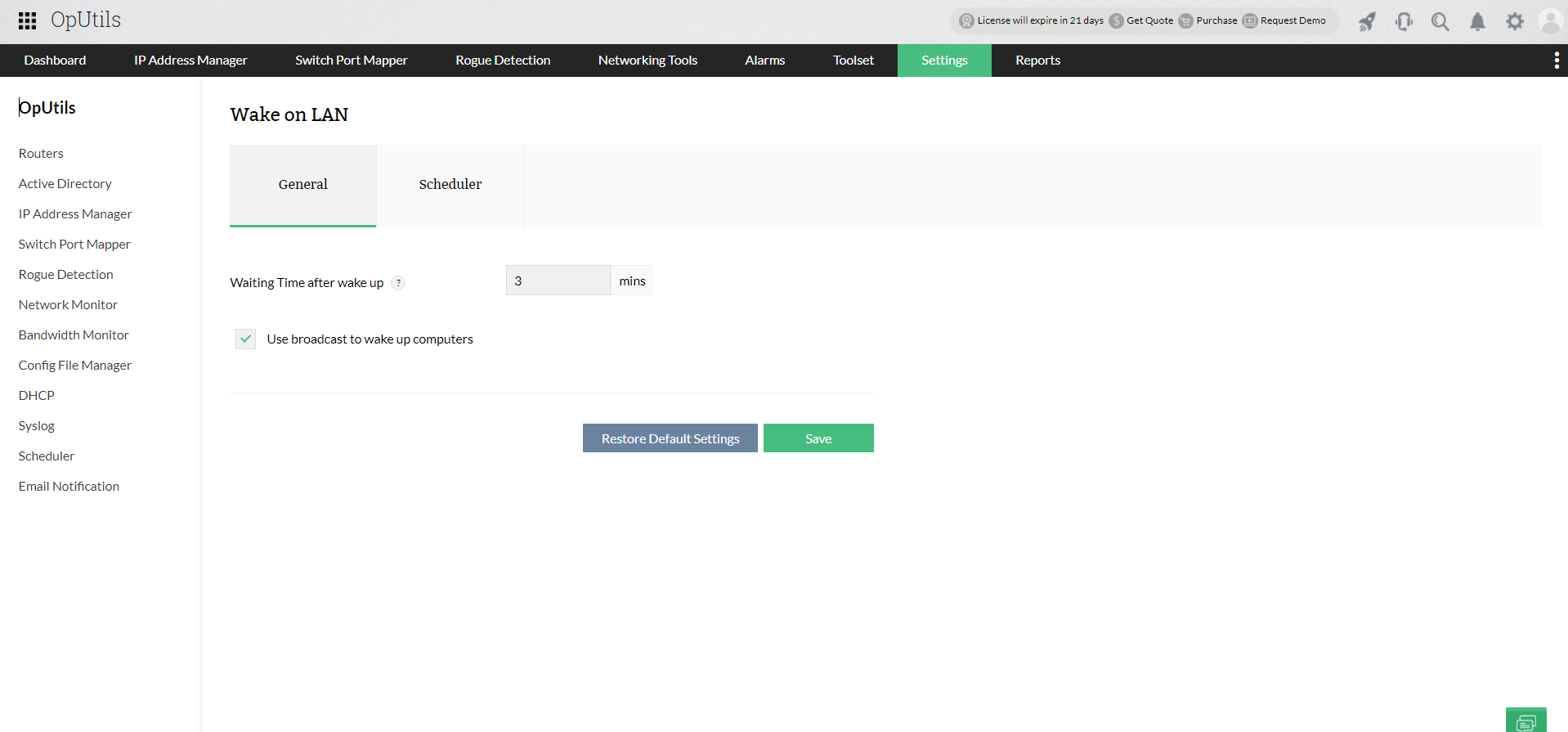

In short, we have discussed how our Support Engineers enable Wake on LAN in Supermicro. We set Wake-on-LAN to turn on the power.Īfter that, we save the changes and exit BIOS. In few older motherboards, we need to enable the Wake on LAN in the BIOS.įor that, our Support Engineers restart the server and enter the BIOS. And how our Support Engineers help them resolve it.Ī common error for Wake on Lan failure is it is not enabled in BIOS. Let’s discuss the common error that our customers face while enabling Wake on LAN. In Wake on Lan, we check Wake On Magic Packet. Open a port for PC 1 by port forwarding function such as virtual server. Set Address reservation for PC 1 on our router. 2.Set IP&MAC binding of PC 1 on our router and enable IP&MAC binding function. In a few Intel version, the Wake on Lan option is found in Power Management. 1.Check MAC address and IP address of the computer need Wake-on-LAN. Then we click on OK to apply the changes. We tick the checkbox Allow this device to bring the computer out of standby.Ĩ. After that, we select the Power Management tab.ħ. In value, we select Wake On Magic Packet.Ħ. Then in the property, we select Wake On Settings.

Next, in value, we select the enabled option.ĥ. On properties, we select the Advanced tab. Let’s now go through the steps that our Support Engineers follow to enable Wake on LAN in Supermicro.ġ. Recently one of our customers contacted us to enable Wake on LAN. Let’s discuss how our Support Engineers enable wake on LAN. This is done by enabling the option in the network adapter or in BIOS. It works by receiving a magic packet from the WoL client. With wake on LAN allows us to turn on a computer remotely. Today, we’ll see how our Support Engineers enable Wake on LAN in Supermicro.Įxplore more about Supermicro wake on LAN
#Wol wake on lan settings values how to
Stuck with how to enable wake on LAN in Supermicro? We can help you with it.Įnabling the option will let us Power ON the server remotely.Īt Bobcares, we often get requests regarding Wake on LAN as a part of our Server Management Services.


 0 kommentar(er)
0 kommentar(er)
